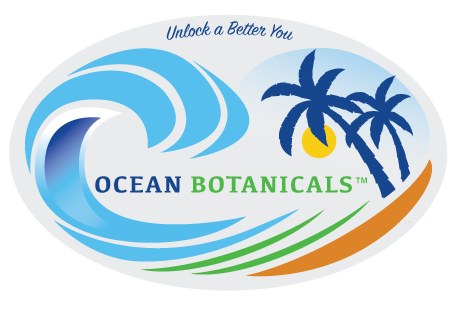
As a parent seeking nutritional options for your family, it's natural to wonder if sea moss is safe for your kids.
It is generally considered safe for children as young as 4 years old when taken in moderation.
If you have concerns, it's best to consult your healthcare provider for reassurance.
Adding sea moss to your child’s diet is a simple way to support their long-term health from an early age.
It's rick in essential vitamins and minerals that offer a range of benefits for growing kids. Here’s how it can support their wellness journey.
Can Kids Eat Seamoss?
Yes, kids can eat sea moss in small, age-appropriate amounts. When introduced gradually and in moderation, it can support children’s immune health, digestion, and development.
It’s important to choose high-quality, contaminant-free sea moss and consult with a pediatrician before adding it to a child’s diet, especially for kids under 4 years old.
Related: Flavored sea moss gels your kids will love!
Nutritional Benefits for Children
Sea moss is rich in essential nutrients that are beneficial for growing children.
It contains vitamins, minerals, amino acids, and trace elements such as iodine, calcium, magnesium, iron, and vitamins A, C, and E.
These nutrients play vital roles in supporting your child's growth, development, and immune function.
Potential Health Benefits
Scientific research on Seamoss' benefits for children is limited. But some potential advantages can be taken from its nutritional profile.
These may include:
Immune Support
Seamoss contains vitamins and minerals that help strengthen their defenses during those germ-filled school days
Nutrient Absorption
Sea moss is full of essential nutrients that can help your child’s body absorb and use vitamins and minerals more effectively—supporting healthy growth and development as they get older.
Gut Health
For parents with picky eaters who don't like vegetables, sea moss can be a simple way to sneak in gut-friendly nutrients.
It's natural prebiotic fibers support a healthy digestive system—and when blended into a smoothie, kids won’t even know it’s there.
Considerations for Children's Consumption
Consider the following before introducing sea moss into your child's diet.
Age Appropriateness
Sea moss isn't recommended for infants under one year old, as their digestive systems are still developing.
Always consult with a pediatrician before introducing sea moss to young children.
Allergies and Sensitivities
As with any new food, monitor for any allergic reactions or sensitivities when introducing Sea moss to your child.
Start with small quantities and observe for any negative reactions.
Texture and Preparation
Sea moss has a gel-like texture. I don't have to tell you that this may not be appealing to all children.
Experiment with different recipes, such as blending it into smoothies or trying flavored gels to make it more tasty for kids.
Moderation
We recommend your family consume sea moss in moderation as part of a balanced diet.
It shouldn't replace a diverse diet that includes fruits, vegetables, whole grains, and other nutrient-rich foods.
Try starting your child with a 1 tbsp and building up from there if they respond well.
Final Thoughts
Sea moss can offer nutritional benefits for children, thanks to its rich nutrient profile.
While scientific research focusing on children's consumption is limited, Sea moss's overall nutritional content suggests potential advantages for their growth and development.
However, it's crucial to consider age appropriateness, potential allergies or sensitivities, texture preferences, and ensure moderation in consumption.
Please note that this article provides general information and is not a substitute for professional medical advice.
References:
- Wang, T. et al. (2020). Seaweeds from the coastlines as a functional food: Present status and future perspectives. Food Science and Human Wellness, 9(4), 272-283.
- Burtin, P. (2003). Nutritional value of seaweeds. Electronic Journal of Environmental, Agricultural and Food Chemistry, 2(4), 498-503.
